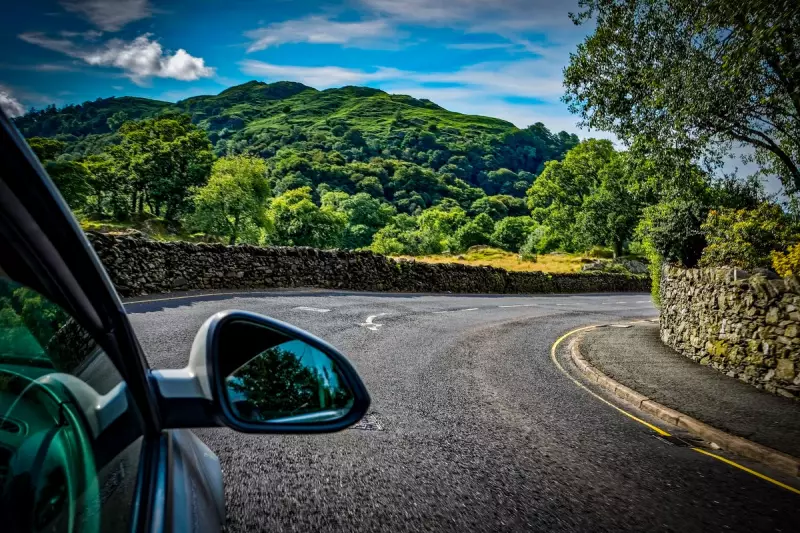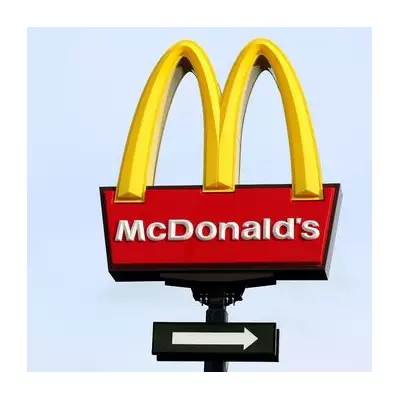
Navigating Britain's roads can feel like deciphering an ancient code for American drivers, where the language extends far beyond just driving on the left. The Independent recently highlighted the cultural minefield that awaits transatlantic visitors brave enough to tackle British tarmac.
The Roundabout Revolution
For most Americans, encountering their first British roundabout triggers what can only be described as spatial awareness panic. Unlike the straightforward four-way stops back home, these circular junctions operate on a simple but terrifying principle: give way to traffic from the right. Mastering this dance requires confidence, timing, and occasionally, a leap of faith.
The Mysterious Language of Lights
British drivers communicate through an elaborate system of flashing headlights that would baffle most foreigners. Contrary to American understanding where flashing typically means "go ahead," in Britain it can signal anything from "after you" to "watch out, there's a speed trap ahead" or even "your headlights are blinding me." Context is everything, and misinterpretation could lead to anything from embarrassment to danger.
Country Lane Negotiations
Nothing prepares an American for the heart-pounding experience of navigating single-track roads with passing places. The unwritten rules involve complex calculations of distance, vehicle size, and who arrived first, often settled with a subtle nod or hand gesture. The golden rule? The vehicle nearest the passing space reverses – though territorial disputes can occasionally arise.
Motorway Manners Matter
British motorway etiquette places strong emphasis on lane discipline. The left lane is for cruising, the middle for overtaking, and the right for urgent passing only. Hogging the middle lane isn't just frowned upon – it's actually illegal and can land you with a fine. Americans used to more relaxed interstate rules often need to recalibrate their lane-changing habits.
The Parking Predicament
From parallel parking on cobblestone streets to understanding the cryptic symbols in car parks, parking in Britain requires advanced spatial skills. Many Americans are surprised to discover that manual transmission remains common, adding another layer of complexity to hill starts and tight parking maneuvers.
While the basics of British driving can be learned from the Highway Code, true mastery comes from understanding the subtle, unspoken rules that locals absorb through years of experience. For Americans planning to drive in Britain, preparation goes beyond an international license – it requires cultural immersion in one of the world's most nuanced driving cultures.





